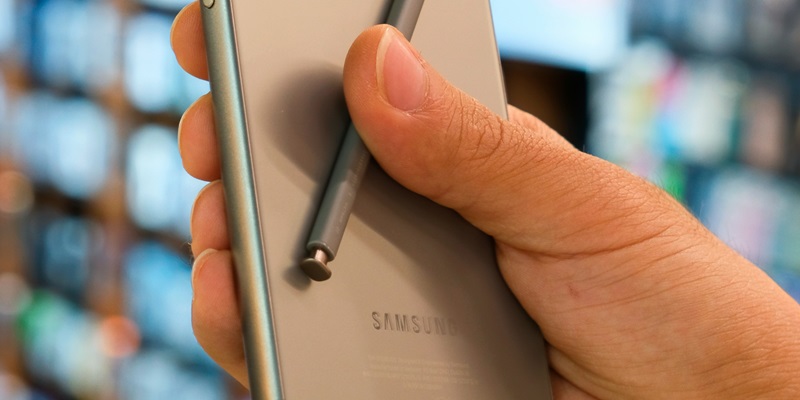Samsung Electronics Co., a leader in smartphone innovation, is reportedly on the cusp of making a significant leap in camera technology with its future Galaxy S25 series. It’s buzzed that Samsung might replace its own camera sensors with those from another industry player to enhance image quality and performance in its top-tier phones. This anticipated shift could propel Samsung’s flagship devices into a new realm of photographic excellence that may redefine smartphone imaging standards. This move is expected to not only raise the bar for competitors but also solidify Samsung’s commitment to delivering cutting-edge technology to consumers. The integration of a new camera sensor could offer improvements in low-light photography, color accuracy, and autofocus speed, potentially setting a new standard for mobile photography. Samsung’s decision signifies its continued strategy to innovate and push the boundaries of what’s possible with smartphone technology.
Camera Evolution
From In-House to Outsourcing
Samsung’s Galaxy S24 and S24 Plus have relied on the company’s GN3 sensor for camera prowess. This sensor, analogous to the preceding Galaxy S22’s ISOCELL GN5, features Tetrapixel technology that elevates picture clarity. However, Samsung is shifting gears, opting for Sony’s sensors to significantly boost its camera game beyond incremental improvements.
This transition signals a strategic realignment that may sideline Samsung’s semiconductor division, risking a downturn in its operations. Nonetheless, the decision underscores Samsung’s commitment to superior camera performance, even at the potential expense of its internal manufacturing consistency. By choosing Sony’s advanced sensors, Samsung aims to enhance its smartphones’ photographic capabilities, showcasing the brand’s dedication to innovation and consumer satisfaction in the highly competitive tech market.
Impact on the Market
Samsung’s strategic decision to integrate Sony sensors into its S25 smartphone series is anticipated to force Sony to consider shifting some of its sensor production to South Korea. This move could pressure Samsung’s LSI division—an essential component of its semiconductor operations. Despite the potential for internal strain, Samsung appears determined to strengthen its foothold in the fiercely competitive smartphone market. The incorporation of Sony’s advanced camera technology into Samsung’s upcoming phones is expected to mark a significant advancement in mobile photography. As consumers await these improvements with great anticipation, industry dynamics might shift, reflecting the intense rivalry and innovative drive in smartphone camera development. Samsung’s adoption of Sony sensors signifies not just a technical enhancement for the S25 series but also underlines the industry’s relentless pursuit of excellence in capturing vibrant smartphone imagery.
Future Speculations
Redesigning the Galaxy S Series
Rumors are swirling about a major revamp of Samsung’s Galaxy S series, signaling Samsung’s endeavor to remain a frontrunner in smartphone innovation. While specifics are still under wraps, the tech world is abuzz with anticipation that this makeover will merge sleek new aesthetics with enhanced functionality.
Building on the speculation, there is talk of Samsung’s potential partnership with Snapdragon to integrate their advanced 8 Gen 4 chipsets into the upcoming Galaxy S models. This strategic move could see Samsung set the benchmark for mobile performance, possibly even surpassing the high standards set by the iPhone 16.
These speculated updates to the Galaxy S line may not only redefine Samsung’s flagship devices but also reflect their continuous drive to push the boundaries of technology. With a refreshed design and possible hardware upgrades, tech enthusiasts are closely watching Samsung for what could be a game-changing release in the smartphone market.
Sony Sensor Synergy
Samsung’s partnership with Sony is set to revolutionize the camera capabilities of its upcoming Galaxy S25 smartphone. The potential shift of Sony’s manufacturing resources to align with Samsung’s production signifies a strong alliance between the two tech giants. This strategic collaboration could enhance Samsung’s position in the competitive hardware development space.
As the tech community buzzes with speculation about the Galaxy S25, the spotlight falls on the anticipated advancements in photography that this partnership might yield. If successful, the Sony-Samsung team-up could elevate the Galaxy S25’s camera to rival, and perhaps surpass, the top contenders in the market.
This move illustrates Samsung’s savvy planning, as it could create a significant selling point for its flagship device. The camera’s evolution in the Galaxy S25 highlights the importance of cutting-edge optics in the smartphone industry and generates excitement for what’s next in mobile photography.

